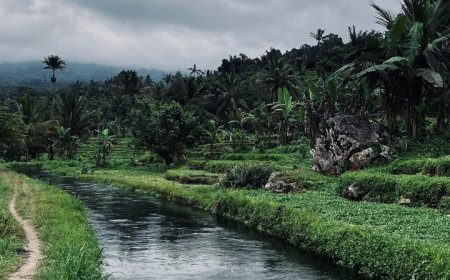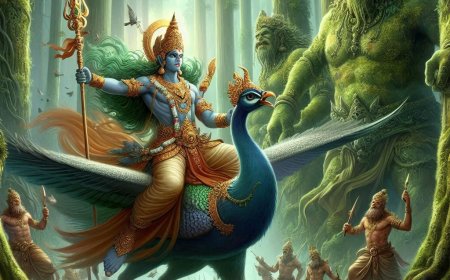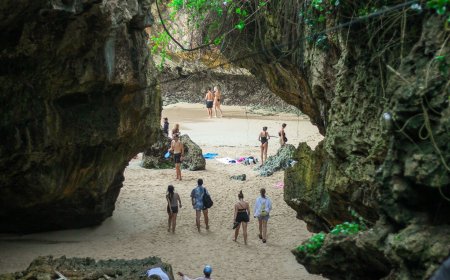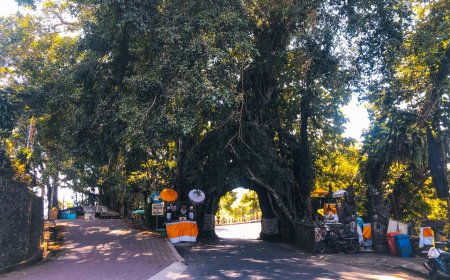Wenara Wana Sacred Mandala: A Sacred Animal Conservation Site
Bali Island as one of the world's tourism destinations has unique natural and cultural resources, which make it famous to foreign countries. One tourist destination that offers the uniqueness and authenticity of the forest as an animal conservation area is Mandala Suci Wenara Wana. This destination combines natural beauty, local wisdom, and unique interactions with wildlife.
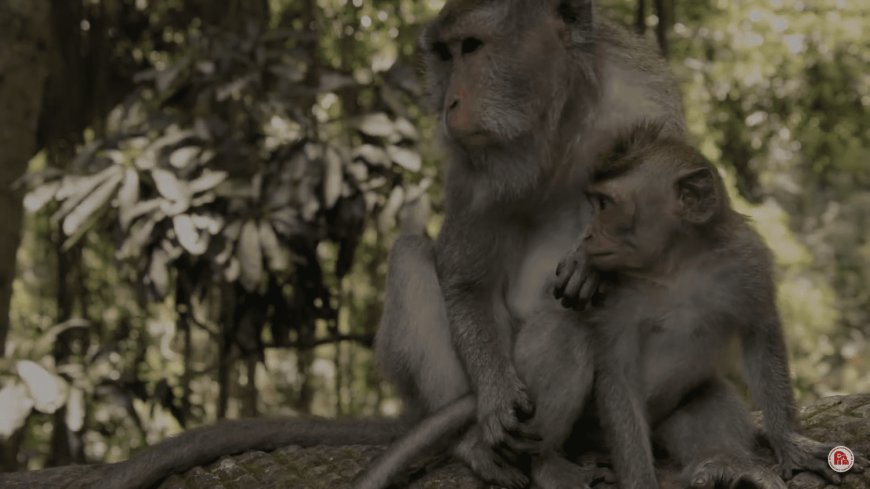
Mandala Suci Wenara Wana is one of the natural tourist destinations in the Ubud area. This name may still be unfamiliar to tourists or even Balinese people, because this tourist destination is more famous as Monkey Forest Ubud. As the name implies, Monkey Forest Ubud is a nature reserve or animal conservation site in the form of long-tailed monkeys (Macaca fascicularis) which is located precisely in Padangtegal Village, Ubud District, Gianyar Regency. It is also called Mandala Suci Wenara Wana because this area is considered a sacred forest sacred by the Padangtegal traditional village community who uphold the concept of Tri Hita Karana.
The main attraction of Ubud Monkey Forest is of course the monkey population, which reaches around a thousand heads, dominated by male monkeys. Thousands of monkeys live freely and roam the forest area, so tourists who visit can see directly and interact with these animals. Even so, tourists do not need to worry about scratches or bites from existing animals because the condition of the monkeys in the Ubud Monkey Forest is all in good health. Tourists are strictly prohibited from bringing food and drinks, and every 100 meters there are officers on standby so that it can be ensured the safety of tourists when visiting this nature reserve. The health of the animals here is also very concerned by the management, one of which is by only giving food to monkeys in accordance with their habitat such as fruits, corn, nuts and not given other food besides that. One of the important roles of Mandala Suci Wenara Wana is to maintain the sustainability of Bali's long-tailed monkey population. The population of these monkeys continues to decline due to loss of their natural habitat and illegal hunting. Monkey Forest Ubud provides a safe haven for this species.
The Ubud Monkey Forest area is filled with towering trees as a habitat for animals and soothing for anyone visiting this tourist destination. There are also small rivers and paths that lead visitors to explore various places in the monkey forest area. Along the road in this area there are also statues and reliefs that reflect the beauty of Balinese culture in various aspects of people's lives.
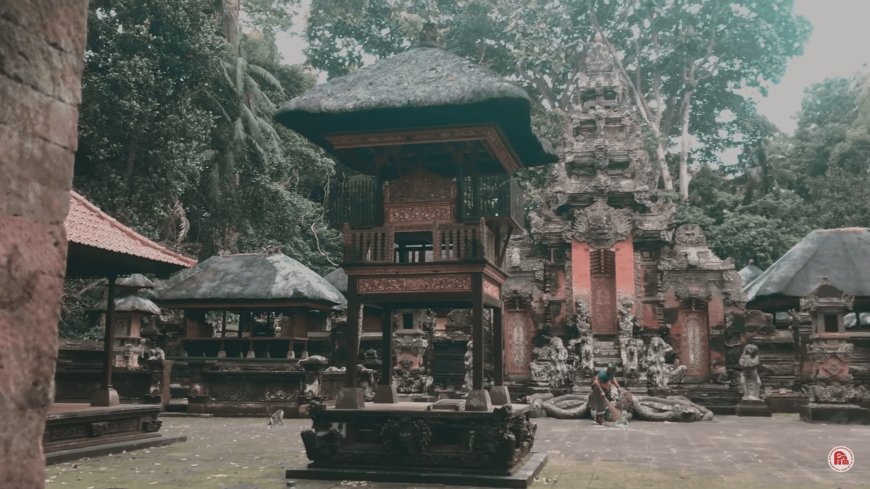
Temples in Ubud Monkey Forest Area (Source: Personal Collection)
Not only as an interesting tourist spot, in the Ubud Monkey Forest area there are three temples that are kept sacred as a place of worship and hold religious ceremonies by the local community. The three temples are Dalem Agung Padangtegal Temple which is located in the southwest of the forest and is a place of worship for God in his manifestation as Lord Shiva, namely Sang Pelebur. Next is Beji Temple which is located in the northwest of the Monkey Forest area, where there is a holy spring. The last is Prajapati Temple located in the northeast of Monkey Forest which is a place of worship for Ida Hyang Widhi in its manifestation as Prajapati. This Prajapati temple is located close to the graveyard area which is functioned as a tomporer by the local community. Ancient lontar from temples in the Monkey Forest Ubud area record that these temples date back to the 14th century, when Bali was ruled by the Pejeng Dynasty or the beginning of the Gelgel Dynasty.
Monkey Forest Ubud is a tangible sign of harmony between humans, God and nature in accordance with the concept of Tri Hita Karana as the Balinese philosophy of life. It is not only an exciting tourist destination, but also plays an important role in the conservation of Bali's long-tailed monkeys and the surrounding natural environment. With ongoing conservation efforts, Mandala Suci Wenara Wana preserves its natural and cultural heritage while providing a rewarding travel experience for its visitors.




















